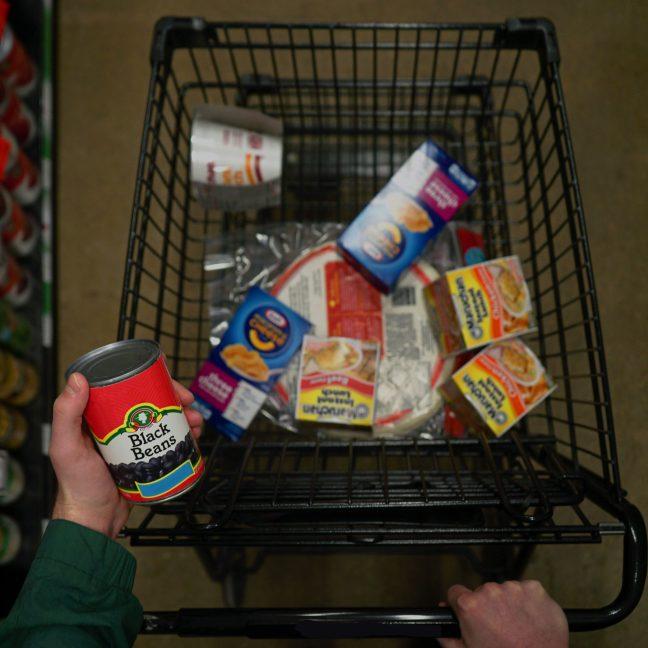An expert spoke to University of Wisconsin students Thursday night about Dane County’s efforts to address food insecurity and nutrition in the community.
FoodWIse coordinator Claire Mance said 11.8 percent of Dane County residents do not have access to a sufficient amount of food at least once a year. Children struggle with food insecurity at an even higher rate (17.5 percent).
But Mance said this number masks the reality of Dane County’s problems with food insecurity because some groups are much more vulnerable to this problem than others.
“Households that fit these characteristics would be at higher risk,” Mance said. “Persons with disabilities are at 37 percent, Hispanic households [are at] 34 percent, African American households [are at] 34 percent, single mothers [are at] 34 percent and [households] below 100 percent of the poverty level [are at] 37 percent.”
FoodWIse, a federally funded program in 66 of Wisconsin’s 72 counties, aims to directly educate low-income families and individuals about nutrition, Mance said.
FoodWIse has also partnered with 13 of Madison’s surrounding schools to teach about healthy eating.
“Pretty much anywhere you can think of that might serve low-income audiences, we try to partner with those agencies,” Mance said.
While FoodWIse has yielded positive results from direct education initiatives, they have recently been exploring how to better equip people to use the education they receive.
While it’s important to arm citizens with this nutritional information, Mance said some people can’t take advantage of the information because of their personal circumstances. If someone doesn’t have transportation to a grocery store or access to a store that sells healthy food options, or works during a food pantry’s hours of operation, their environment restricts the choices they can make.
Mance said policies have been developed to apply these education initiatives in a more systematic way.
“There are a million different reasons that it just might not work out,” Mance said. “Even if you have the education, have the means and you have the motivation to eat healthily, you might not be able to because of the environment that you live in.”
One systematic change is farm-to-table programs. In a lot of cases, Mance said it actually saves money to partner with farms and to source their fruits and vegetables into the school lunch programs.
Mance said the benefits flow both ways: The farmer is supported in making healthier school lunches, while also drawing connections for kids between their food and its source. This can also make children’s school lunches more desirable, driving up profits and allowing schools to buy even more local food.
“That’s the crazy complex system — it takes a million partners, a lot of motivation and some people who also just need to take a chance and say, ‘Yes let’s try this and make this work,’” Mance said.


